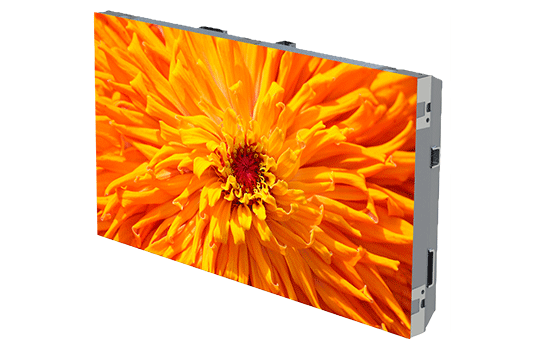Mastering Color Precision in Light Emitting Diode Wall Adjustment for Stunning Visual Presentations
Mastering Color Precision in Light Emitting Diode Wall Adjustment for Stunning Visual Presentations
Blog Article
Color precision is crucial for producing breathtaking graphic presentations, particularly when using LED walls. These massive screens are commonly found in locations like music venues, sports arenas, and advertising billboards. When the hues on an LED wall are not accurate, the images can look flat or distorted, which can impact the total impression for audiences. Therefore, perfecting color precision in LED screen calibration is crucial for achieving vibrant and true-to-life images.
The initial step in guaranteeing color accuracy is comprehending how LED systems works. LEDs, or light-emitting diodes, produce light in various colors by mixing red, green, and blue (RGB) light. Each dot on an LED screen is made up of these three colors. When calibrated correctly, the mix of RGB can produce a wide range of colors. However, if one color is too intense or too dim, it can throw off the entire display. This is why calibration is needed to equalize the hues and achieve the desired visual effect.
Tuning entails modifying the configurations of the LED wall to make sure that the hues displayed correspond the initial material as closely as possible. This procedure usually involves using specific software and hardware instruments. Technicians frequently use color measurement devices, such as spectrophotometers, to examine the hues being displayed. By comparing the assessed colors to standard color standards, they can make precise modifications. This ensures that the colors are not only lively but also uniform across the entire screen.
Another crucial aspect of color precision is understanding the environment in which the LED wall is employed. Factors such as ambient light can considerably impact how colors look. For instance, a brightly led screen calibration for live shows illuminated room may fade hues, making them look less lively. To counteract this, technicians may modify the luminosity and contrast configurations of the LED wall. Additionally, they may select specific color profiles that are better appropriate for various lighting conditions. This flexibility helps preserve color accuracy irrespective of the viewing surroundings.
Finally, regular maintenance and recalibration are crucial for maintaining an LED wall looking its best. Over time, the functionality of LEDs can alter due to elements like degradation and temperature fluctuations. Regular checks and modifications can help guarantee that the colors stay correct and vibrant. By investing time in appropriate tuning and maintenance, venues can provide viewers with stunning visual presentations that enhance their overall impression. Mastering color accuracy in LED wall tuning is not just a mechanical job; it is an expertise that contributes to the wonder of visual narration.